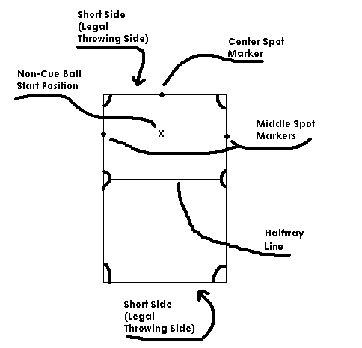
Pool H - O - R - S - E
Rules, Regulations, and Conduct
High-Tech Graphics and Summary by Zach Walker
Classic and Functional Website Built by Matt Vaughan
(the game was brought here from the Australian continent)
At left: Meet Your Pool H-O-R-S-E Host!
Zach Walker, #1 Ranked Player for 375 Weeks!
Visit www.villagepresyouth.org for youth ministry information!
